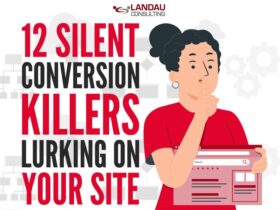Stamp duty is most commonly associated with property purchases, but people also wonder if it is levied onto equity transfers, such as in the case of inheritance property. What does the law say?

The answer actually depends because HMRC’s rules surrounding Stamp Duty Land Tax are complex. In some cases, Stamp Duty, often abbreviated to SDLT, is payable when equity is transferred in land or property, with the fee levied on the ‘chargeable consideration’.
This is the amount of money that a house buyer would pay for a property.
However, in instances when property equity is transferred between individuals, the chargeable consideration is assessed against the sum of debt that is being taken on or transferred.
Stamp duty then becomes payable on the mortgage that the new owner will take out when equity is transferred. In this instance, if the property has no mortgage on it, no chargeable consideration will exist and there will be no stamp duty to pay.
Furthermore, SDLT is only levied over a minimum threshold for the chargeable consideration. These thresholds are set at the same level as for property purchases. If the equity transfer is being carried out for a second property, such as a buy-to-let, the minimum threshold has been set at £40,000.
It’s worth noting that residential stamp duty rates for purchases made between 8th July 2020 and 31st March 2021 have been cut as part of the government’s response to the Covid pandemic.

Transfer of equity brackets
The interim bracket that attracts no stamp duty is up to £500,000 for a standard-rate first home, and 3% on a second home or buy-to-let. For properties worth more than £500,000, the thresholds increase in bands. For example, there is currently a 5% charge on properties selling between £500,000 and £925,000, or 8% for buy-to-lets or second homes. The maximum percentage is 12% for first homes.
If equity is transferred through a second property or buy-to-let, an extra 3% stamp duty must be added to each applicable band, as long as the chargeable consideration exceeds £40,000. Keep in mind that stamp duty only needs to be paid on the portion of the property that is mortgaged. When properties are wholly owned, no SDLT is applied.
Getting transfer of equity help from a professional is a good idea.
Equity transfer calculations and processes are complex and most people will use a conveyancer to help them understand their position before proceeding with any transaction. A conveyancer can provide detailed and expert advice on the costs and legal requirements of property purchases and transfers as part of their service, removing the risk of expensive errors.











